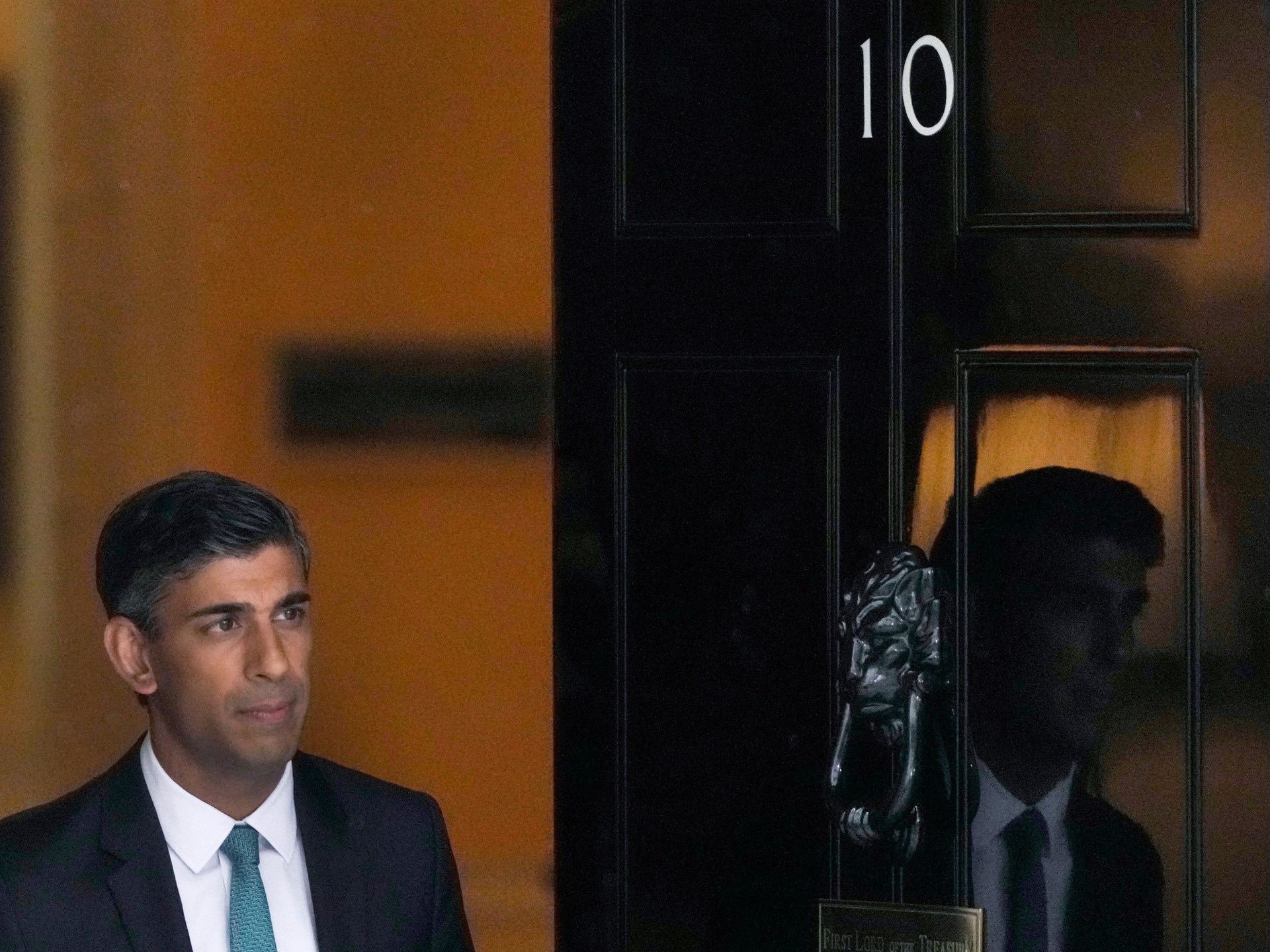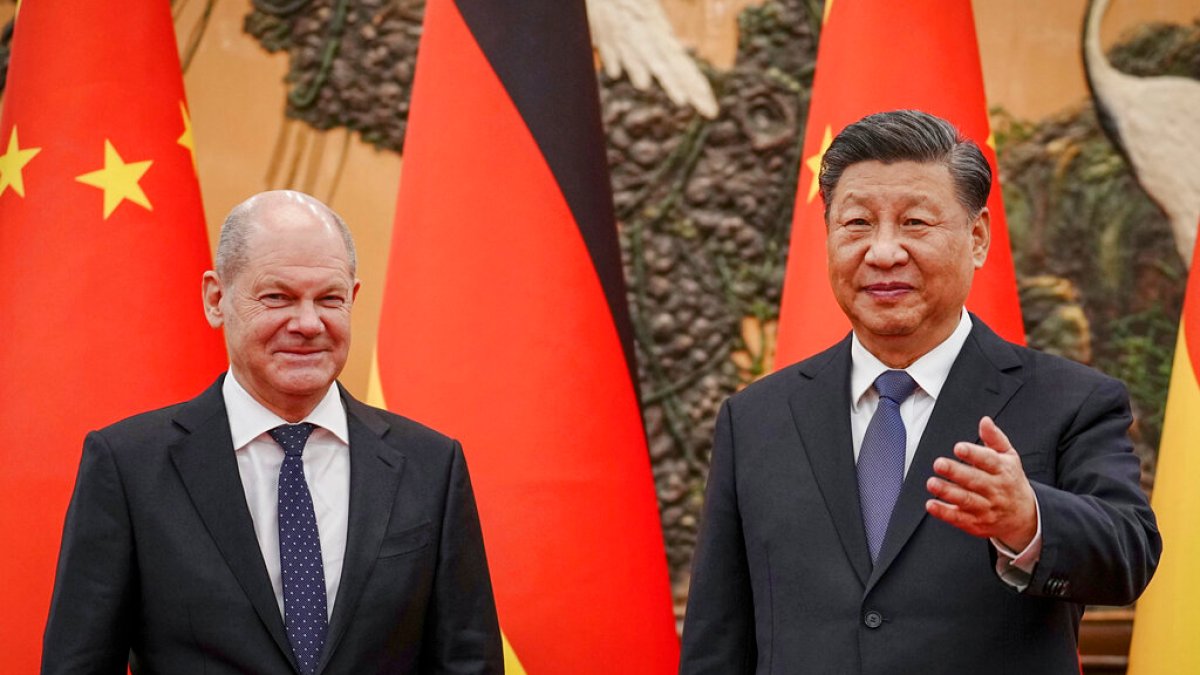What role should the private sector play in education? | Education
Rarely does a topic on education elicit such passionate debate as the one about private and public schools. Some 350 million students across the world are educated in non-state schools, ranging from faith-based institutions and schools run by NGOs to for-profit schools. Non-state actors also run school buses, supply uniforms, produce textbooks and manage school canteens. Technology companies have made advances into education as well, especially during the COVID-19 pandemic – from online testing to virtual classrooms.
There are many reasons why the private sector is playing such a significant role in education. One of the attractions is that there is a potential market for them. Globally 1.6 billion children and young people head to class each day around the world and $5 trillion is spent on education every year.
So what are the consequences of the presence of the private sector in education?
There is no denying that many non-state actors are delivering where there is need: in conflict situations, in crises, in many countries where the public education system is dysfunctional. But there is also no denying that while governments are bound by their public commitments to education equity, the private sector is not.
To investigate the role and impact of non-state actors in education worldwide, UNESCO put together the 2021/2 Global Education Monitoring Report. Entitled “Who Chooses? Who Loses?”, it explores how the right of all children to have 12 years of free education, to which all counties committed in 2015 in the Education 2030 Framework for Action, can be compromised by a stronger role of private actors.
In the report, we cite many examples of strong collaborative partnerships between private and public actors, designing skills systems tuned to the labour market, for instance. But there are also many occasions in which the governance and oversight of the multitude of actors in education have gotten out of control and have led to the fragmentation of education systems.
The big challenge now is to make sure that the presence of the private sector in education is not making it harder for school children who, due to poverty, are falling behind in their education. Despite some well-meaning regulations, it can be hard to guarantee that private schools will support governments’ agendas to help such children.
Our report shows that in about 40 countries, the children of the richest households were 10 times more likely than the poorest to attend private primary school. Recognising the potential dangers for equity, over a quarter of countries have banned for-profit provision in primary and secondary education.
Such measures, however, are rarely imposed in early childhood education, a period that is critical to the development of a child and their potential later on in life. At this level, private providers are even more present than in primary and secondary education. In many countries, this renders kindergartens unaffordable for the poorest families – precisely those who need such services the most, as they are more likely to have no other options for childcare. For example, in the United States, where poverty disproportionately affects Black people and where there is a significant lack of state-funded early education institutions, Black families with two young children have to spend 56 percent of their income on average on pre-kindergarten and kindergarten education.
Our report calls on governments to make sure that, whoever is involved in education and whatever they are doing, they are respecting and abiding by the values of equity and allow every child to fulfil their potential. There are a few solutions we recommend.
First, governments should follow their public commitments and invest in free, good quality, state education. They should make sure that the poorest families, which do not have the funds to pay for better education elsewhere, can always access a good quality school where they are. But one in three countries is still spending on education below the two internationally agreed benchmarks: at least 4 percent of GDP or at least 15 percent of total public spending.
As a result, costs for public schools are often offloaded to parents. In Uganda, for example, families regularly pay informal fees to go to school even though this is against the law. Eliminating such costs has been proven to have substantial benefits. A scholarship programme in the Gambia that covered informal fees for uniforms and books increased the enrolment of girls by 13 percent.
Second, governments should ensure that regulations covering state and non-state schools are equitable and enforced. Our report compiled and assessed regulations in over 200 education systems. It found that while an array of rules exists on paper, they are not properly enforced. This is most obvious in countries such as Nigeria where the proliferation of unregistered low-fee schools of low quality is jeopardising the education of many children.
Regulations that actually promote equitable education are not common. About 55 percent of countries try to prevent selective student admission procedures in non-state schools, but only 7 percent of countries have quotas to support access to schools for disadvantaged students.
Our report calls on all governments to take a serious look at schools, teachers and students together as they are part of the same education system. Governments cannot turn a blind eye to privilege or to disadvantage – as they have so often done during the pandemic. Regulations should work for everyone and should promote equity and quality for all, not fancy ideas for some.
The views expressed in this article are the author’s own and do not necessarily reflect Al Jazeera’s editorial stance.





Pingback: HoyleCohen
Pingback: mushroom shop Oregon